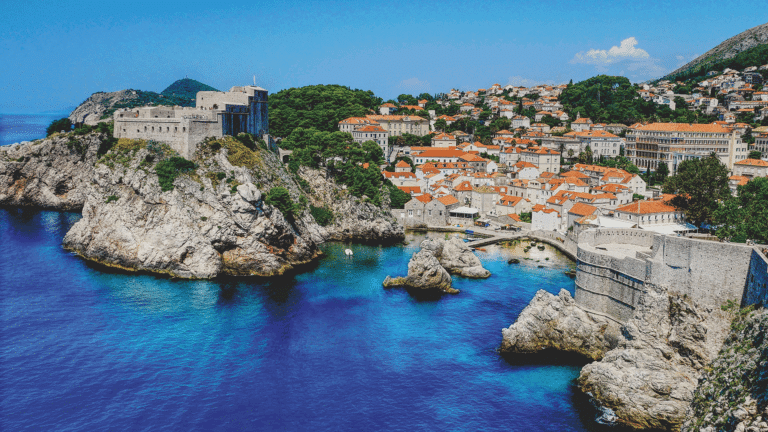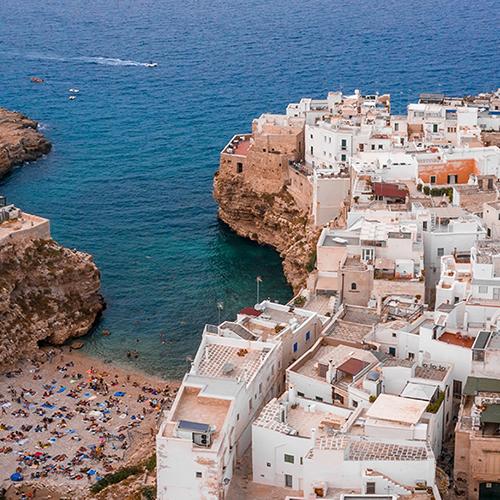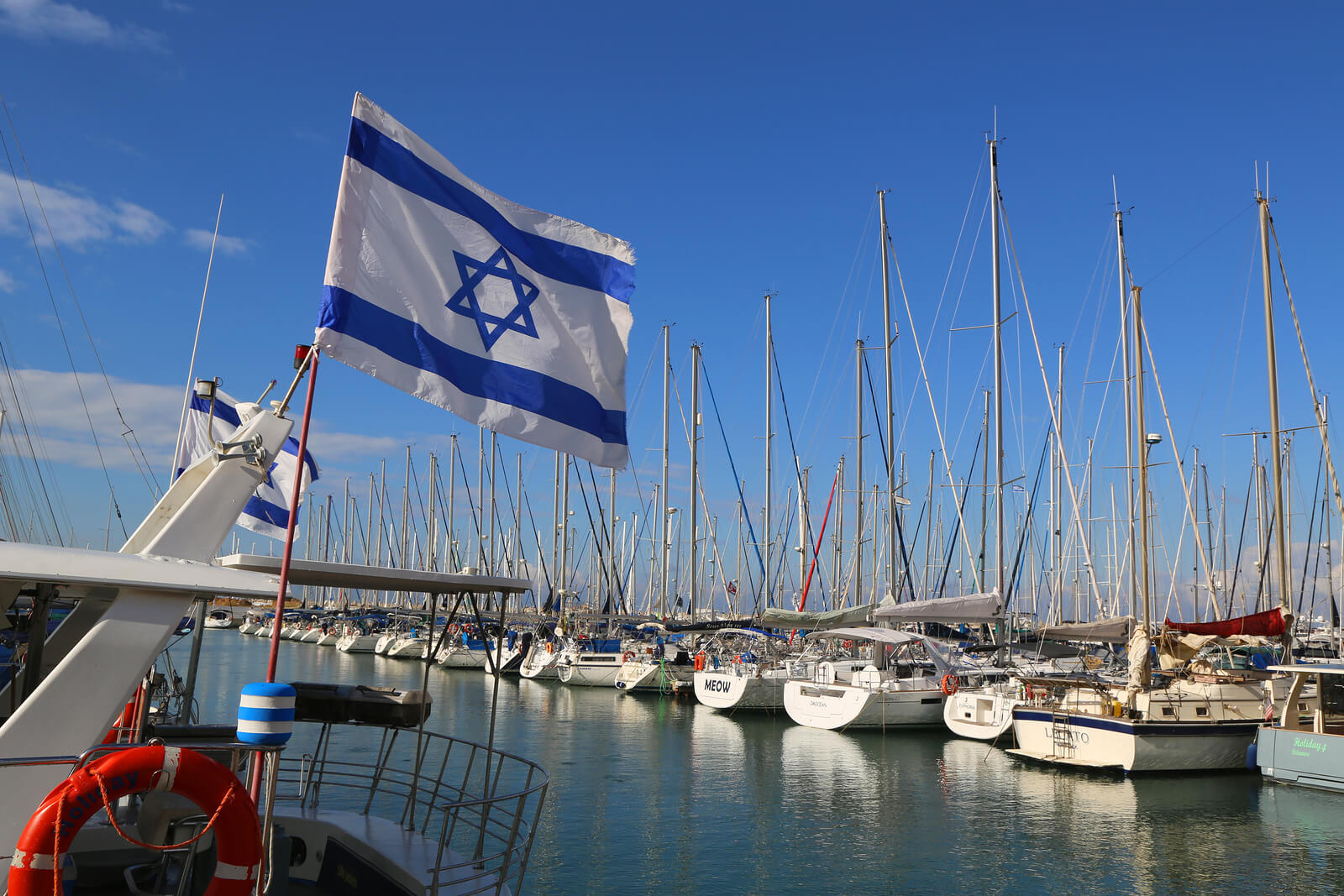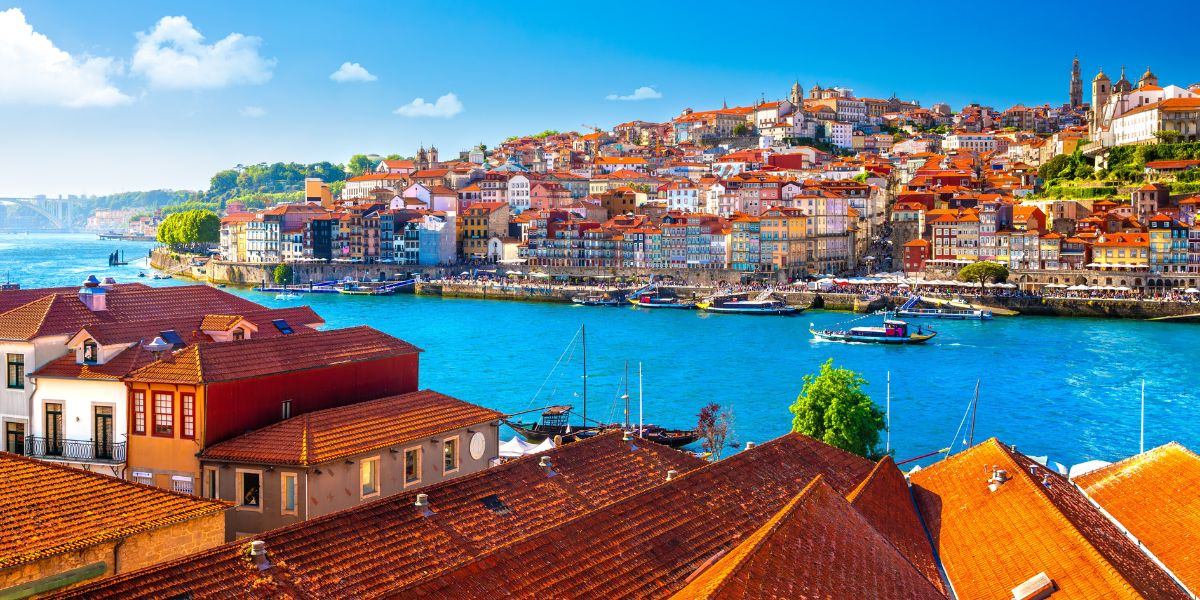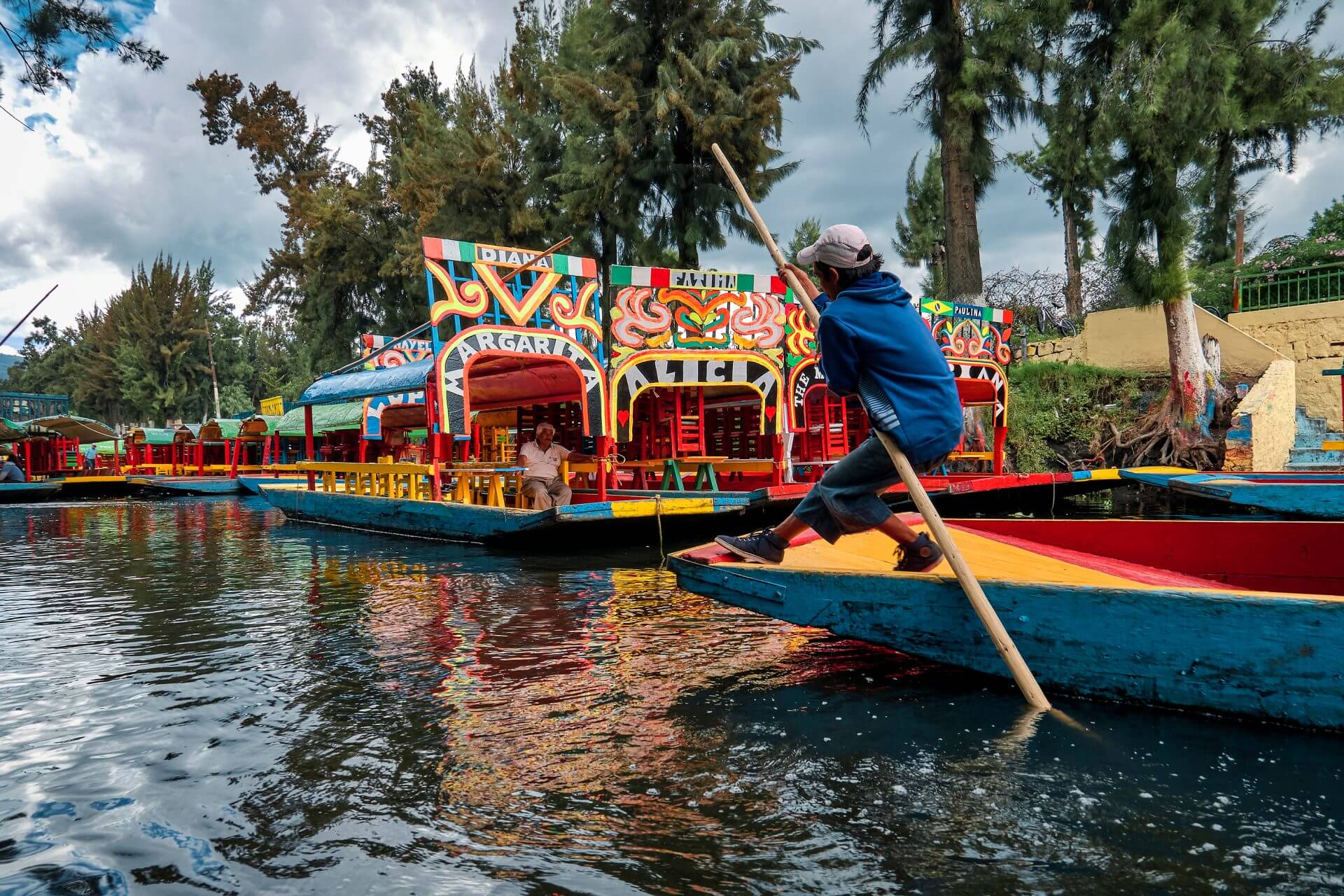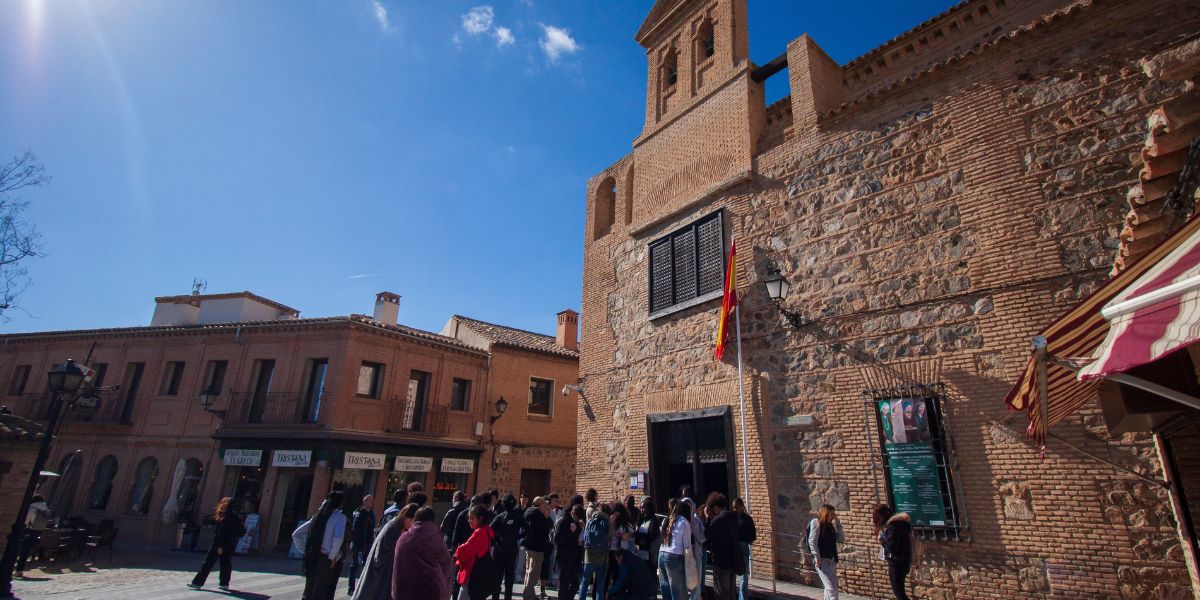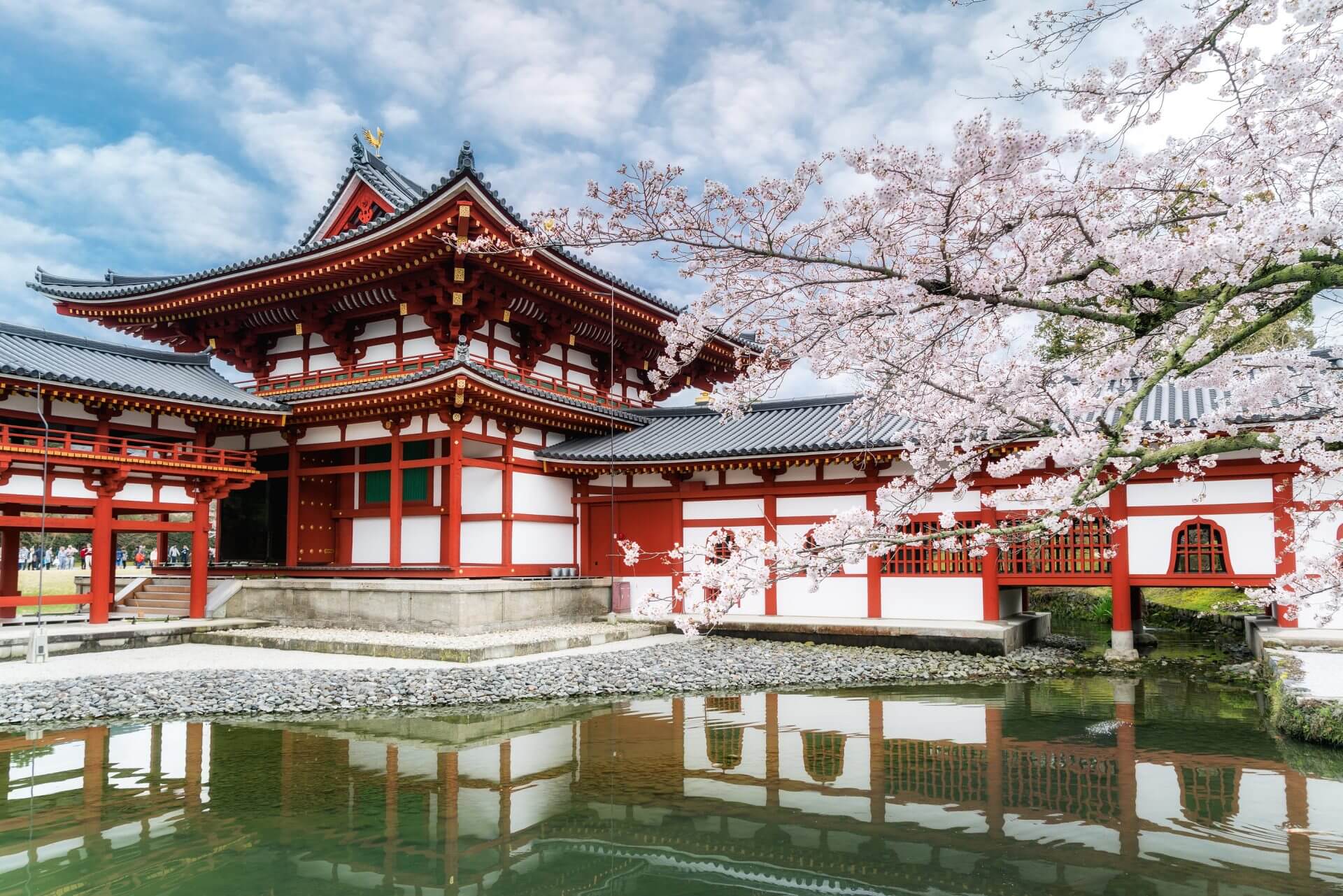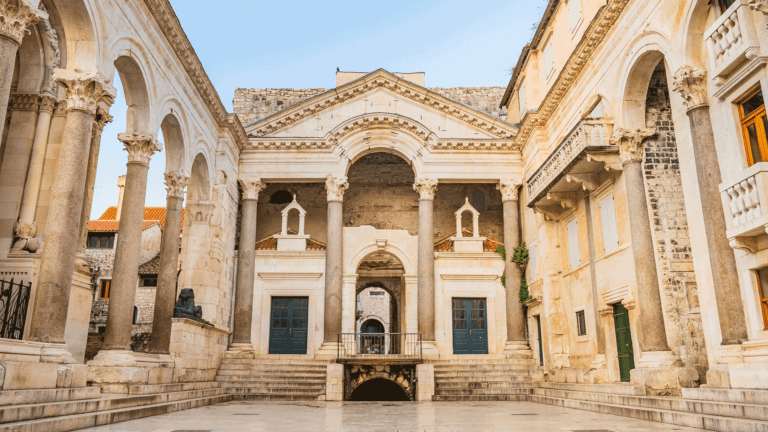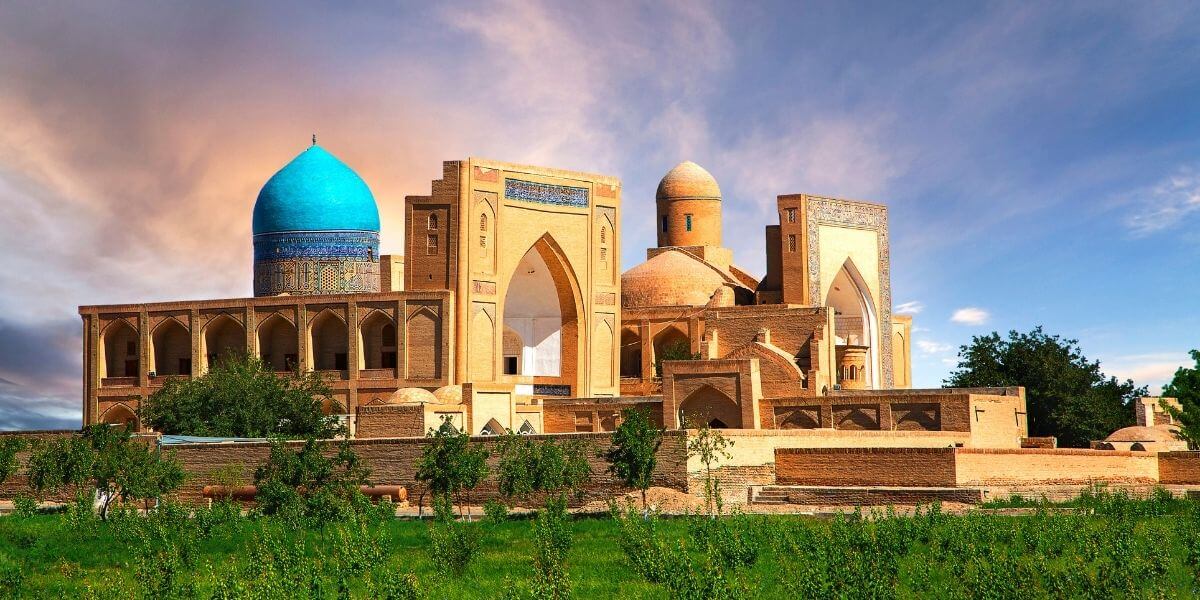The Baltic states – Lithuania, Latvia, and Estonia – aren’t on the average Jewish traveler’s bucket list, which is a pity. The Baltics have a rich Jewish history and heritage. They were once home to flourishing Jewish communities that produced luminaries like the Gaon of Vilna and a vibrant culture that endured for centuries. The modern Baltic states are a fascinating destination with historical Jewish tours in Latvia, Lithuania and Estonia providing a unique glimpse of a lost Jewish world!
The Background to Jewish Heritage Tours in the Baltics
Gil Travel has been organizing luxury Jewish heritage tours in the Baltics since they opened up to US tourists following the collapse of communism. Although it’s difficult to come up with accurate numbers, it’s possible that one million American Jews today can claim some Baltic Jewish ancestry. We do know that by 1900, an estimated 100,000 Lithuanian Jews – Litvaks – had settled in the United States. Jewish tours of the Baltics are an amazing, and often deeply moving way, to explore your family heritage – or to gain valuable insights into what were once flourishing Diaspora communities.
When you sign up for a customized kosher tour of the Baltics, you can create a personalized itinerary that includes private guided tours of the best-known Jewish historical sites and memorials, and also a deeper exploration that can include talks by academics and historians, private tours of museums and archives, and meetings with members of the modern Jewish communities that have endured in the Baltic states.
A Quick Guide to the Baltic States
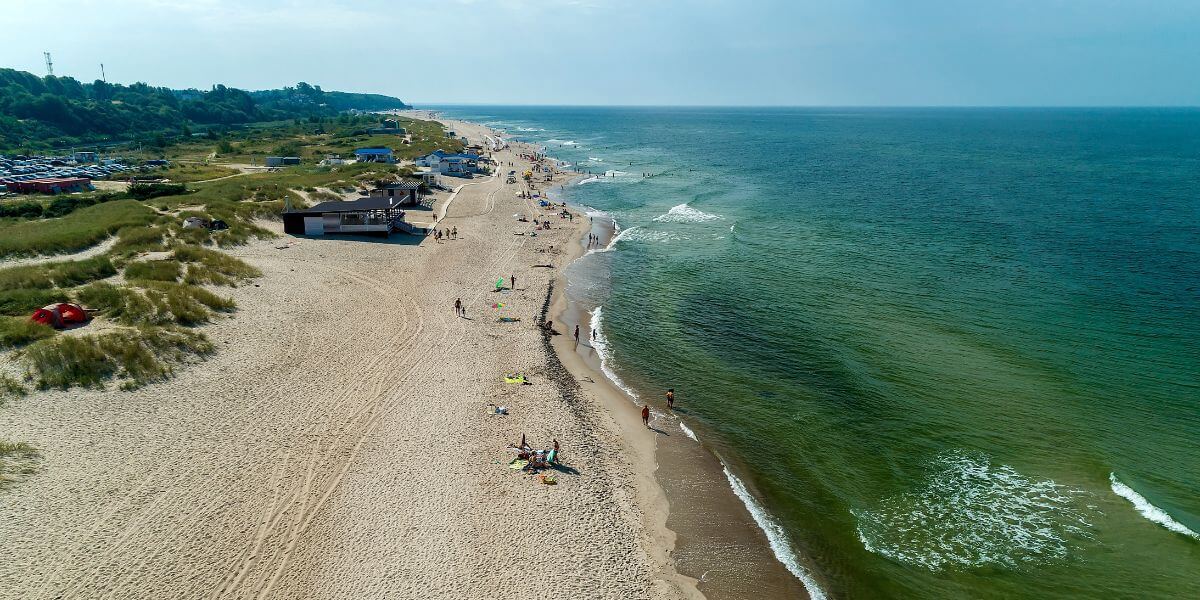
The modern Baltic states (Latvia, Lithuania and Estonia) are prosperous and highly developed nations, members of NATO and the EU. They are located in North Eastern Europe, along the Baltic Sea, and are close neighbors to Poland, Finland and Sweden. They also share borders – and a difficult history – with Russia.
Although we talk about the three Baltic nations as though they are a single bloc, they have different languages and cultures and are each amazing places to visit, with a wealth of unique attractions for tourists. The Baltic states have a turbulent, and often tragic past. They suffered many foreign occupations and changes of borders over the centuries, including the genocidal Nazi invasion and five brutal decades of Soviet occupation.
Baltic Jewish Travel: Estonia, Latvia, Lithuania
- Estonia – The first Jews to settle in Estonia in the early 1900s were mainly former Russian soldiers. They established communities in the cities of Tallinn and Tartu gradually expanding to a national peak of around 4,500. Estonia granted the Jews a form of ‘cultural autonomy’ and guaranteed their civil rights in 1925. This period of tolerance was shattered by the Holocaust and the Soviet occupations. Today the revived community numbers 1,500 people.
- Latvia – Jewish merchant communities thrived in the Latvian cities of Riga, Daugavpils, and Liepāja from the 1500s. At the turn of the 20th century they made up over 7% of the Latvian population (or at least 140,000 people). Jewish life flourished in Latvia until the Soviet invasion in 1940. The following year, the Nazis invaded and unleashed the Holocaust. Most Latvian Jews were murdered, but there is a resilient modern community of almost 9,000 people.
- Lithuania – Jewish heritage tours in the Baltics bring to life the extraordinary cultural heritage of the ‘Jerusalem of the North. Jews first moved to the Hanseatic settlements of Lithuania in the 1300s. Their descendants created the extraordinary Jewish culture of learning and Talmudic scholarship based around Vilna in the 1700s. The distinctive culture continued to evolve until World War Two when 90% of Lithuania’s Jews perished in the Holocaust. Today, a community of 3,000 Jews preserves and gradually renews the rich Litvak heritage.
Kosher tours in the Baltics help to maintain interest in a hugely important aspect of Diaspora history and also help the small (but optimistic) modern Jewish communities to preserve their heritage. Luxury Jewish tours of the Baltics are more than just an opportunity to explore a fascinating cultural heritage, they contribute directly to its preservation and renewal and to the upkeep and renovation of vital Jewish heritage sites, including surviving synagogues and Holocaust memorials, in the Baltics.
Historical Jewish Heritage Tours in Latvia, Lithuania and Estonia
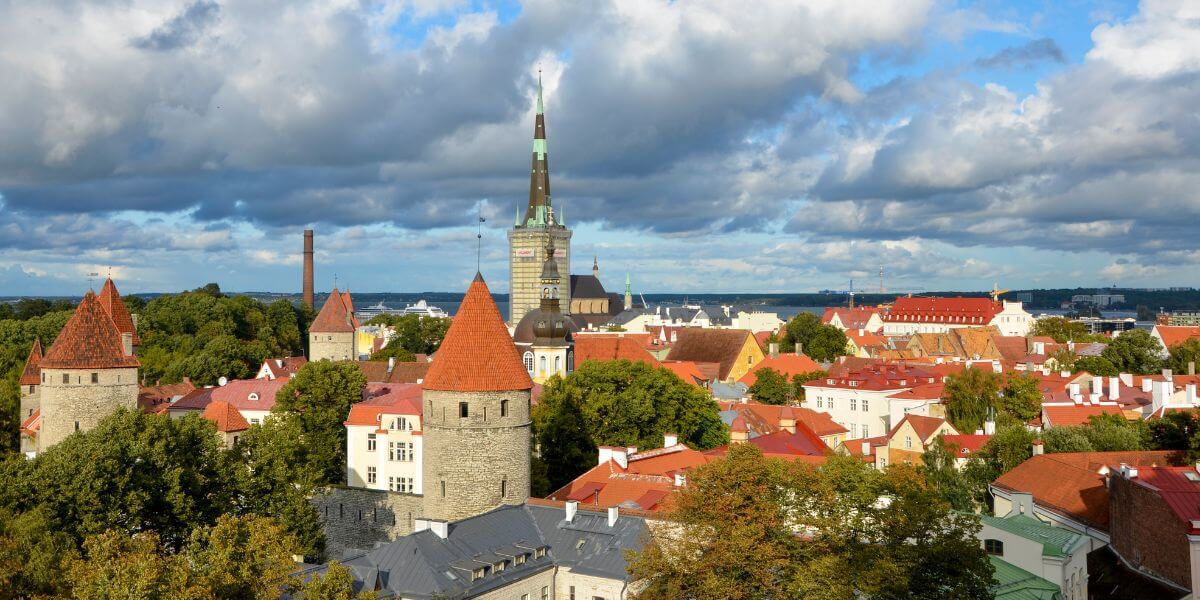
The Baltic States are easy to travel to and are convenient places to visit, with plenty of luxury hotels and good transport systems for getting around. If you’re planning to explore the region’s Jewish history and culture, it’s a lot easier to work with a professional Jewish travel company like Gil Travel. A tailored Jewish heritage tour will give you special access to unique sites, and introduce you to interesting people in the Jewish community, as well as local historical experts and lecturers – opportunities that independent travelers usually miss out on.
Experienced tour companies have the local knowledge and connections to put together a customized itinerary that provides a genuinely meaningful tour with deeper insights and the chance to delve into individual family history or areas of special interest. Another significant advantage of Jewish heritage tours is that they can take in a single Baltic state, or can be organized to visit all three countries, with luxury travel and handpicked hotels.
An Historical Overview of Jewish Heritage in the Baltics
Jews are believed to have first arrived in Estonia and Lithuania in the 14th century. They began to settle Latvia a few hundred years later with the establishment of the Jewish settlement at Piltene in 1571. There wasn’t a unified Jewish culture or community in the Baltics, not least because the Baltics region was constantly changing and experienced centuries of turbulence, warfare and oppression. The diverse Jewish communities came under all kinds of influences from Germany, Poland, Russia, Sweden and other neighboring cultures.
Anti Semitism was a reality for Baltic Jews who experienced both currents of tolerance and official protection, as well as persecution and occasional expulsions. A particularly savage period was the Khmelnytsky Uprising or Cossack Rebellion between 1648 and 1657. In a series of massacres and pogroms, an estimated 20,000 Lithuanian Jews – almost half the population – were slaughtered. The Jews were not alone in their suffering as rampaging armies massacred and plundered civilians at will.
There were also better times that produced high culture, religious thought and scholarship. One of the great luminaries of Lithuanian Jewry was the Vilna Gaon (Rabbi Eliyahu ben Shlomo Zalman), a renowned Talmudic scholar and an 18th century Jewish polymath. The emancipating ideas of the Haskalah also arrived from Germany, taking root in the Duchy of Courland in particular, and contributing to the Jewish renaissance and a new outburst of cultural energy, creativity and self-confidence.
Jewish social progress, and the gradual shift towards integration and acceptance ended abruptly with the brutal Soviet occupation of the Baltics in 1940. A year later, the Germans invaded and unleashed the Einsatzgruppen. In the ensuing Holocaust, an estimated 190,000 Lithuanian Jews and 66,000 Lativian Jews were murdered. More than 75% of Estonian Jews fled to Russia, but almost all those who remained were killed. Lithuania lost 95% of its Jews, a grievous blow that virtually wiped out a precious Jewish culture.
Important Jewish Cultural Sites in the Baltics
The Baltic cities have some superb architecture, with great restaurants (especially fish) , some kosher eateries (including a traditional Karaim restaurant), and excellent galleries and museums. For Jewish travelers, any trip to the Baltic region is inevitably tinged with sadness. Many of the most important Jewish sites are indelibly associated with the suffering of the Holocaust, and for some visitors, the murder of relatives. There are also happier places to visit like the Vilna Gaon monument and the Beit Bella synagogue in Tallinn.
Recommended Jewish Sites in Estonia
The Estonian Jewish community was the smallest and least influential of all the Baltic communities. At its peak it only numbered 4,500 people and Estonia Jewish sites in the towns of Narva, Valga, Pärnu, and Viljandi were obliterated in WW2. Estonia’s capital, the ancient Hanseatic port of Tallinn was home to most Estonian Jews (originally former Tsarist soldiers called Cantonists). Their two synagogues were burned down during the Holocaust, but the modern Jewish community erected the new Beit Bella in their place.
A guided tour of Tallinn will include a visit to the old Jewish ghetto as well as the Estonian Jewish Museum and the Klooger Concentration Camp memorial. There are still 11 Jewish cemeteries in Estonia, as well as 15 identified mass shooting and burial sites. When you create a customized itinerary with Gil Travel, we recommend striking a balance between visiting Holocaust related sites and exploring Estonia’s beautiful medieval cities, especially Tartu Europe’s 2024 City of Culture, and the country’s abundant natural beauty spots.
Historical Jewish Tours in Latvia
Riga is Latvia’s stunning Hanseatic capital where you’ll find some of the best herring and salmon that you’ll ever eat. It was also home to a sizable Jewish community who are commemorated in the Riga Ghetto and Latvian Holocaust Museum. There is also the Peitav Synagogue – the only shul to survive wartime destruction. Riga’s Jewish museum is located in the city’s former Jewish theater and hosts some fascinating exhibitions, including features on the lives of Avraham Kook, Isaiah Berlin and Yeshayahu Leibowitz, all former Riga residents.
The tragic history aside, Riga is a wonderful city to wander and explore. A guided tour will bring the old quarters to life and focus on the Jewish history of the winding streets and merchants homes. Latvia is a beautiful country and if you need a break from Holocaust locations like the massacre sites in the Rumbuli and Bikernieks forests, try the picturesque old town of Kuldiga or the trails of the Gauja national park. Modern Latvians are generally friendly and welcoming and the food is amazing.
Jewish Travel and Cultural Exploration in Lithuania
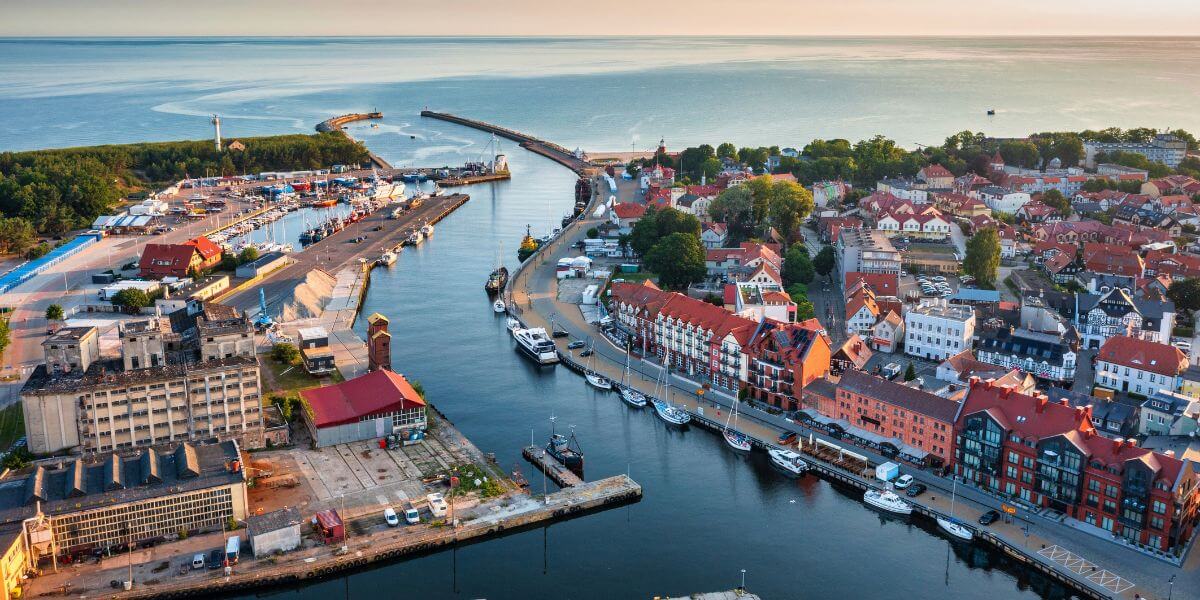
The Lithuanian Jewish community was the jewel at the heart of the Baltics, but it barely survived the hatred of the Nazis. Today, Vilnius is home to just 3,000 Jews;in 1940 there were 265,000. Jewish travel and cultural exploration in Lithuania is fraught with sadness and a sense of loss that continues to this day. One of the most important modern sites in the capital Vilnius is the Vilna Ghetto, located in the old Jewish quarter in the center of the city. Another moving site is the location of the old Choral Synagogue. The building – and 300 Jews hiding in the basement – were burned by the Germans. There is a memorial in place today.
There were happier days in Lithuania’s history. The Vilna Gaon Monument honors the memory of one of Judaism’s most celebrated intellectual leaders. Rabbi Eliyahu ben Shlomo Zalman lived in Vilnius and was one of the most important non-Hasidic figures of the 18th century. A tour of Vilnius can also include a visit to the palace of the grand dukes of Lithuania, the Museum of Genocide Victims, and the majestic Vilnius Cathedral. There are also great shopping opportunities, particularly for amber jewelry, and the chance to taste Lithuanian beer and vodka.
Plan a Customized Baltic Jewish Heritage Tour
A customized Jewish heritage tour of the Baltics can be a truly memorable trip, especially if you have a historical family connection to the region. Gil Travel can help you to plan a unique itinerary for your family or group and can offer practical advice about the best months for travel. The Baltic states are keen to welcome Jewish tourists and there are some excellent options for luxury travel, as well as cruises and nature tours. Talk to us now about arranging a tailored Baltic travel itinerary.
